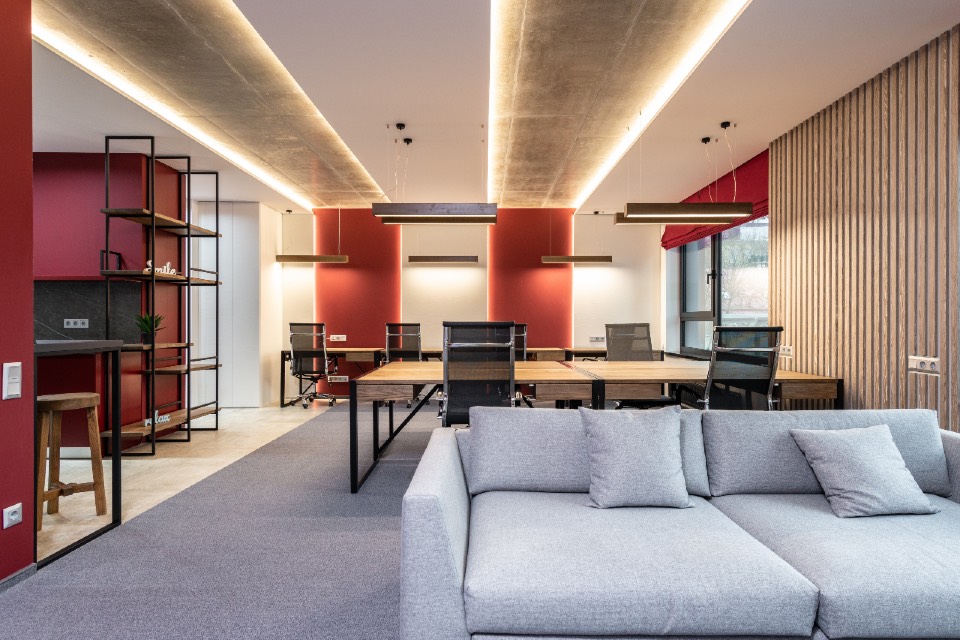Accessible design specialist Motionspot has consolidated its experience creating enabling environments for the likes of Barclays and Derwent London into a white paper to help employers make workplaces as inclusive as possible now that working from home measures have been lifted.
Motionspot believes that designing more inclusive buildings and spaces reduces exclusion and fosters equity for everyone. This is because inclusive design produces universally appealing environments, helps organisations to hire and retain the best demographically, experientially, and cognitively diverse talent, improves satisfaction at work and provides long term cost savings by avoiding the need for expensive and environmentally damaging retrofits and adaptations in the future.
Ed Warner, CEO and Founder of Motionspot, and Government Access Ambassador – Product and Spaces said: “For diversity and inclusion policies to be successful, organisations need to consider how their workplaces can be designed more inclusively to remove barriers for employees and visitors. This gives opportunities to previously marginalised demographics and helps to create more diverse and inclusive workforces, which make better places to work while also improving productivity.”
Motionspot works with progressive organisations like Barclays and Derwent London to create truly inclusive buildings and spaces by pushing the design well beyond minimum access standards and engaging the people using the buildings; namely stakeholders, disability groups and other underrepresented minorities who should be involved in the co-design process.
Barclays – designing for neurodiversity, especially autism
In line with its aim to become the most accessible and inclusive FTSE company for all customers, clients and colleagues across the world, Barclays commissioned Motionspot to deliver an inclusive office environment for 5,000 employees and visitors on its new 500,000 sq ft campus in Glasgow. Alongside Gensler architects and the wider Barclays design team, Motionspot’s inclusive designers were set the challenge of creating a built environment that responds to people with physical, cognitive and sensory impairments, including designing for neurodiversity, with a particular focus on autism.
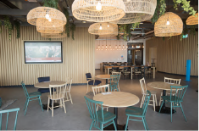 |
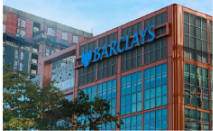
The resulting workspaces have raised the bar significantly beyond design for physical access. This has been achieved by focussing on features and small details which make the building genuinely inclusive. These include recalibration rooms for employees with sensory needs in response to the fact that many autistic people have developed workplace strategies that include sensory recalibration. The recalibration rooms Motionspot created for Barclays have an emphasis on the sensory experience, for example intuitive environmental controls for light and heat, as well as the presence of sensory equipment. Totally private, these rooms can help to ‘reset’ the mind if a person is experiencing sensory overload.
In addition to the provision of wheelchair accessible and ambulant accessible toilets, Motionspot planned Changing Places rooms, which have space for assistants to accompany people to the toilet, plus specialist equipment including ceiling track hoists and height-adjustable changing benches, in every building on the Glasgow campus. Other implementations include:
- reducing the decibel levels of washroom hand dryers to make the experience less jarring for autistic people
- specifying door handles for people with limited dexterity
- choosing floor and wall finishes that give the necessary contrast for visitors and employees with a cognitive or visual disability
- a focus on the design of lighting and acoustics for building users with visual and/or hearing impairments
- the use of biophilic design and natural materials to help reduce anxiety
Motionspot is now working with Barclays to roll out these inclusive design standards for all Barclays offices across the globe. Ron Coghill, Director, Major Projects Delivery Lead at Barclays said: “Motionspot worked with us to create an inclusive workplace that goes well beyond standard access guidance. The Glasgow project has paved the way for future developments, enabling Barclays, in collaboration with Motionspot to achieve world leading accessible design standards and create spaces that are truly inclusive for all.”
Derwent London – an inclusive design strategy with a strong aesthetic
Paul Williams, CEO at Derwent London, the FTSE 250 office investor and developer, which engaged Motionspot to advise on the inclusive design of a 300,000 sq ft office space at 80 Charlotte St in London, as well as its Featherstone, Soho Place and Whitfield St buildings said: “Motionspot brilliantly merges the skills of an access auditor with the knowledge of a product specifier to identify potential issues within a building as well as the opportunities for improved inclusivity. They then propose design solutions which improve access for all, whilst simultaneously complimenting the look and feel of our offices.”
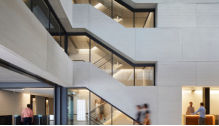 |
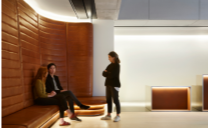 |
Inclusive Workplace Design Principles
Motionspot’s white paper includes a guide to what inclusive design is in practical terms, why it is important and the positive impact it has on employee engagement, positivity and commitment sentiment. Details of Motionspot’s Inclusive Workplace Design Principles are sure to be an invaluable takeaway for DE&I and HR professionals. The section looks at four common workplace challenges and proposes solutions including: All Gender WC facilities and accompanying signage for transgender and non-binary employees; developing private faith rooms and designing kitchen areas that allow for different foods to be stored separately to ensure that people of all cultures are catered for; creating quiet spaces and warm-desking zones and implementing noise control measures to help minimise workplace anxiety; and improving visual, sensory and auditory wayfinding across the whole building in a step free environment to help people with a range of physical conditions to better navigate the space.
Implementing Inclusive Design
The other key takeaway is set to be the ‘Implementing Inclusive Design’ section which explains Motionspot’s approach as being “grounded in observing, analysing, and understanding the complex variety of people’s needs, abilities, desires and aspirations.” The white paper then details Motionspot’s 6-step inclusive design process:
- connect with stakeholders to build understanding
- investigate reasons behind design challenges and identify points of exclusion
- create an inclusive design strategy
- improve by collecting feedback
- measure the impact of the changes on building occupants
- implement the design through inclusive design audits of existing buildings against the inclusive design strategy
Warner concludes: “Businesses that embrace inclusive design will see significant benefits for their workforce and visitors. Not only will inclusive businesses be able to attract and retain the best talent, but by investing time and engaging expertise at the start of the design process, inclusive design principles will help encourage staff back into the workplace and have a positive impact on team collaboration and productivity.”
Motionspot’s inclusive workspace white paper, which provides DE&I, HR and business leaders and their design teams with insight and inspiration to start making their workplaces more inclusive can be downloaded here: https://motionspot.co.uk/pages/designing-inclusive-workplaces-white-paper or emailed on request.



